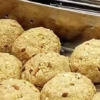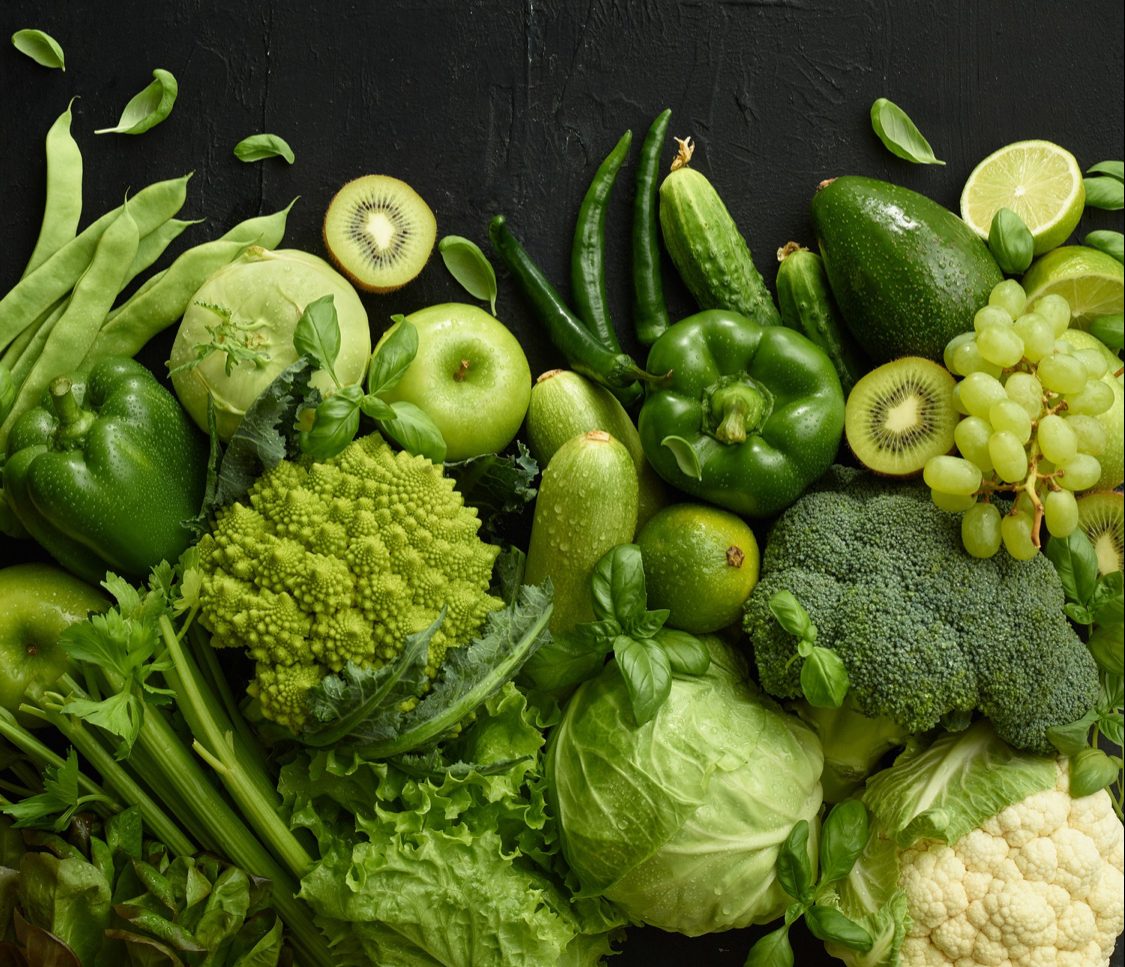Sugar is often called ‘The White Death’ because of its detrimental side effects to human health. While we are aware of how harmful sugar can be when consumed excessively and without caution, what makes it more dangerous is sugar adulteration.
Raw sugar is sucrose extracted from sugarcane or sugar beet and is brown in colour. Table sugar or white sugar, commonly available in the market, is raw sugar that has been refined by removing molasses, to improve appearance and taste.

Sugars (clockwise from top-left): white refined, unrefined, unprocessed cane, brown
Adulterants are added to the different types of sugar—washing soda and chalk powder to powdered sugar; and urea and plastic crystals. With these toxic substances lingering in disguise, sugar has become one of the most toxic ingredients in our kitchens.
Common Adulterants and How to Detect Them
Washing Soda
Upon ingestion, this substance can cause nausea, vomiting and diarrhoea. Washing soda is often used as an adulterant in ice cream and jaggery as well.
To check if washing soda has been added to sugar, add the suspected sugar to water and shake it till it dissolves completely. If washing soda is present, there will be formation of bubbles.
To check if jaggery or Demerara sugar contains washing soda, add 1 ml of hydrochloric acid to 2 mg of sugar. Bubble formation indicates presence of washing soda.
Chalk Powder
– Chalk powder is added to sugar to improve its appearance and colour, and increase it weight. In tiny amounts, chalk is not hazardous, but when calcium binds with the oxalates in the digestive tract, calcium oxalate crystals form, which can become lodged in the kidney and form kidney stones. To detect the presence of chalk powder, one must add the suspected sugar to water and wait for 10 minutes. Since chalk powder is insoluble in water, it will settle down as undissolved white powder, if present.
Urea
Urea which is commonly known as carbamide, is a crystalline, odourless, white powder. It’s mostly nitrogen, and is widely used in agriculture as fertiliser. The liver metabolises amino acids to produce urea in our bodies, which is then eliminated into the urine by the kidneys. A heavy load on the kidneys can have a negative impact on our health leading to nausea, vomiting, diarrhoea, headaches, confusion, electrolyte imbalance. To detect the presence of urea, dissolve the suspected sugar in water and smell the liquid since urea releases a distinct odour of ammonia when dissolved in water.
Plastic Crystals
Plastic isn’t food and therefore isn’t meant to be consumed. It has been widely used for food adulteration in urban hubs. Plastic crystals can be detected by dissolving the suspected sugar in water. Since plastic is insoluble in water, any undissolved particles in the solution will either be plastic or any other impurities.
The Bottom Line
It is important that we purchase commodities like sugar in packaged form from trusted brands only. It is pertinent that consumers be aware of the various malpractices in the food industry and analyse before trusting any food item because ultimately, even salt can look like sugar.
 Food Manifest
Food Manifest 



















Leave a Comment
Your email address will not be published. Required fields are marked with *